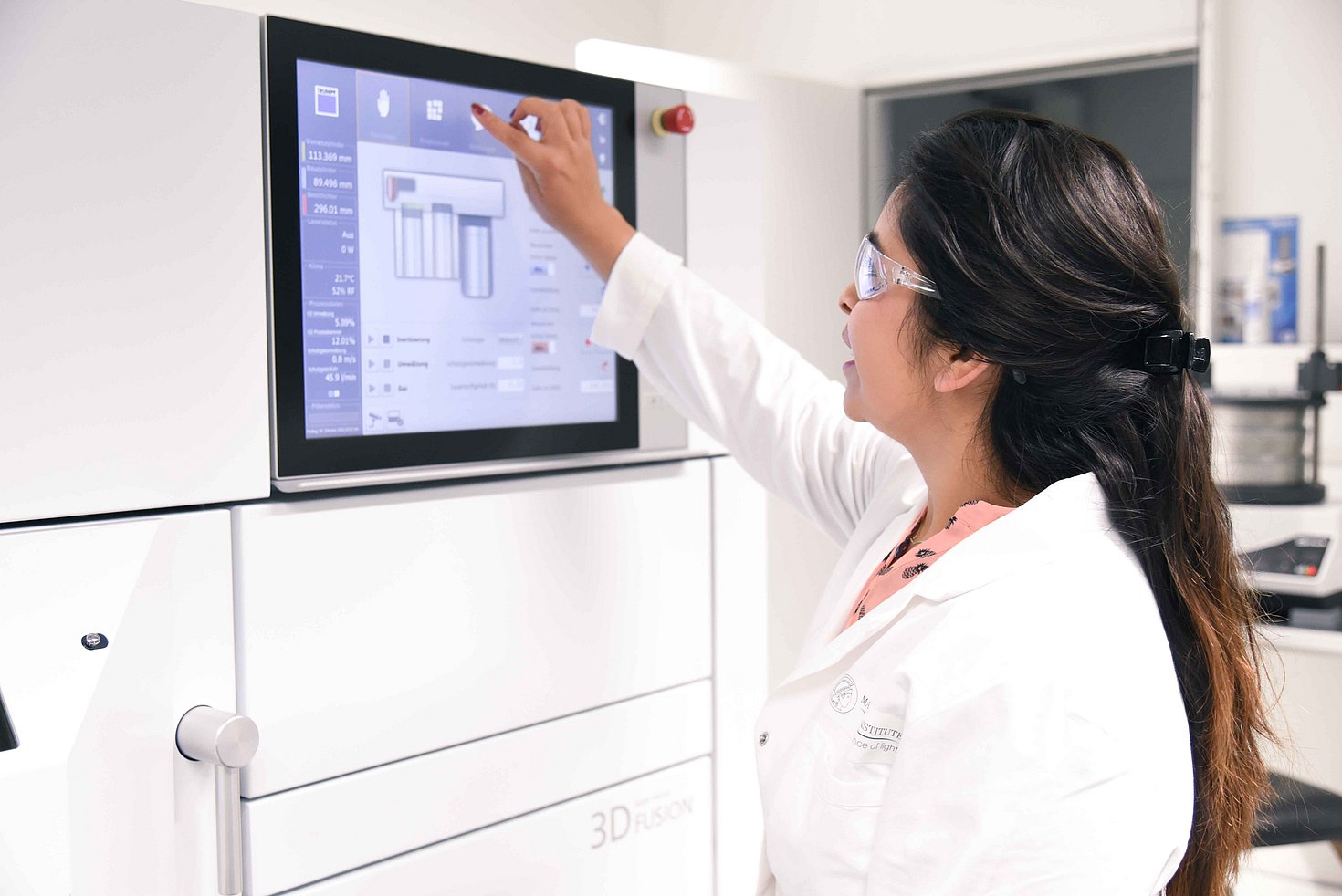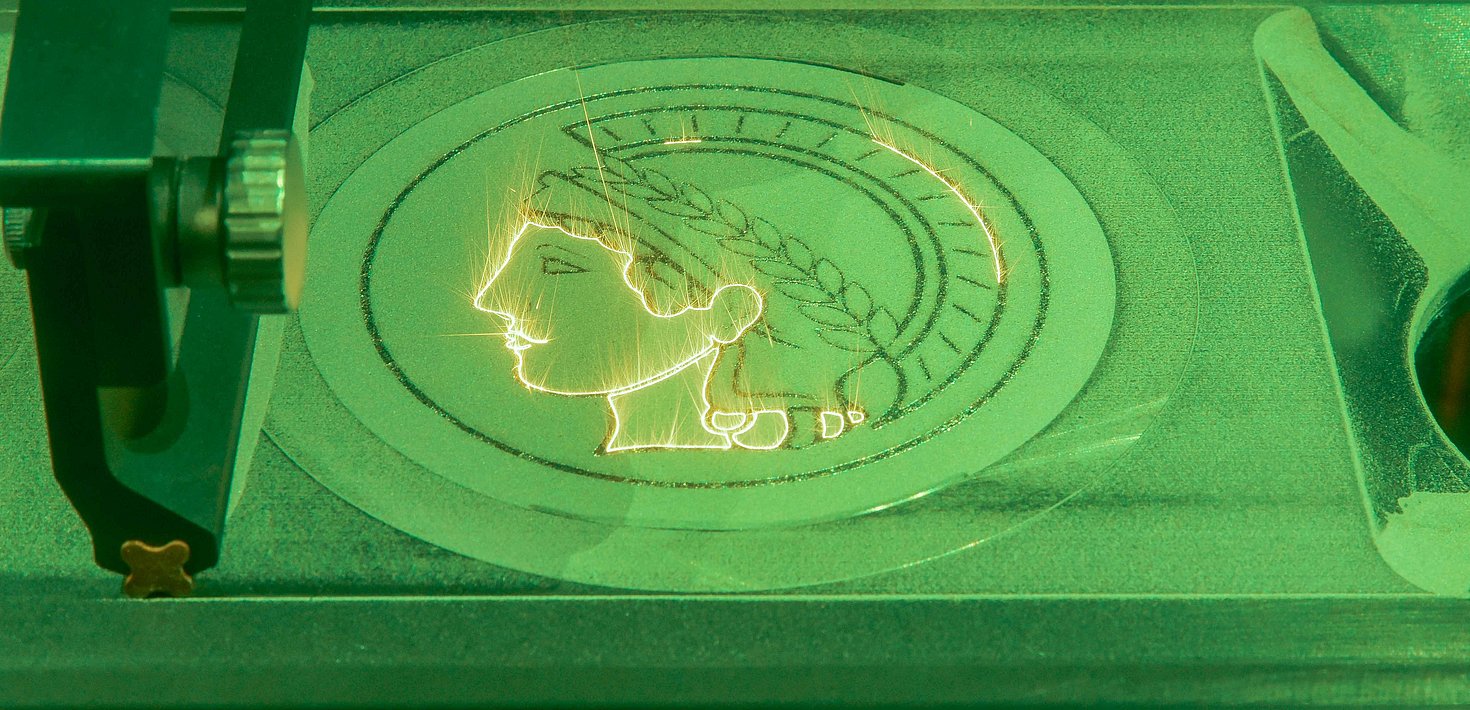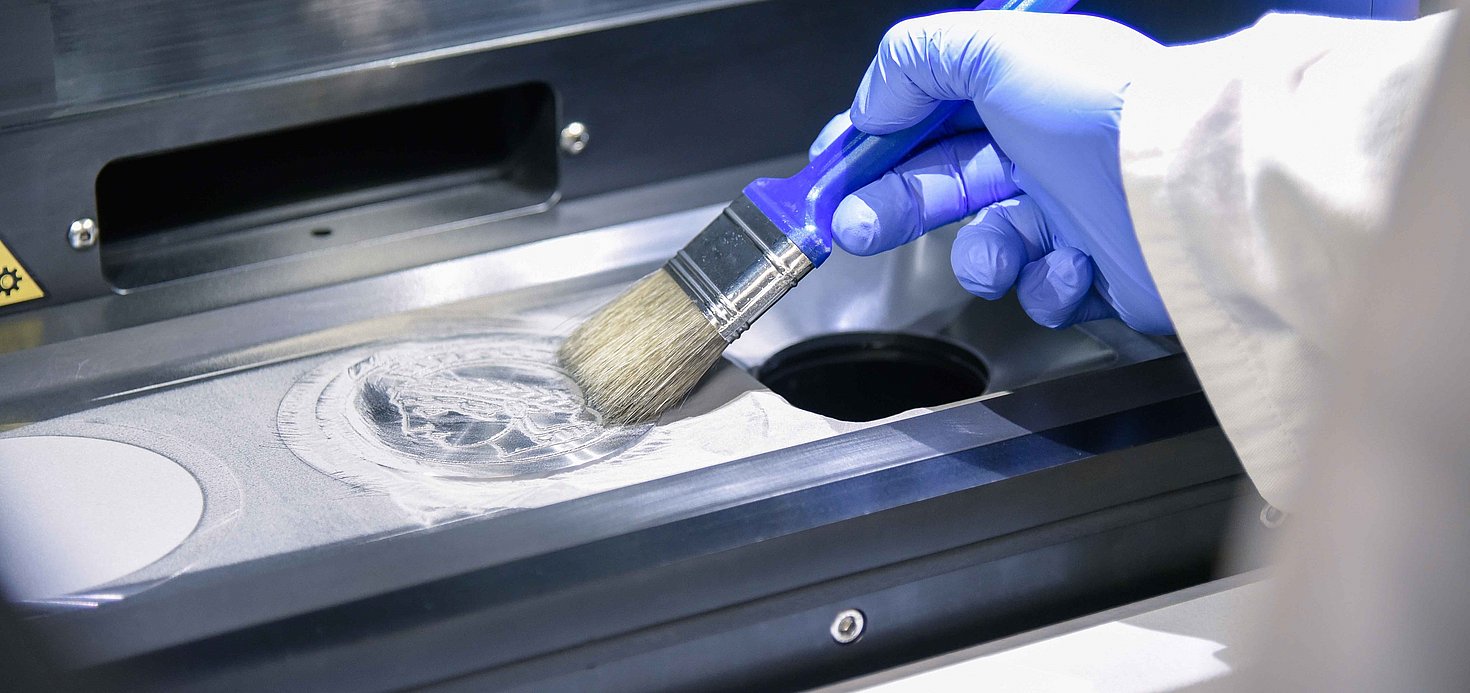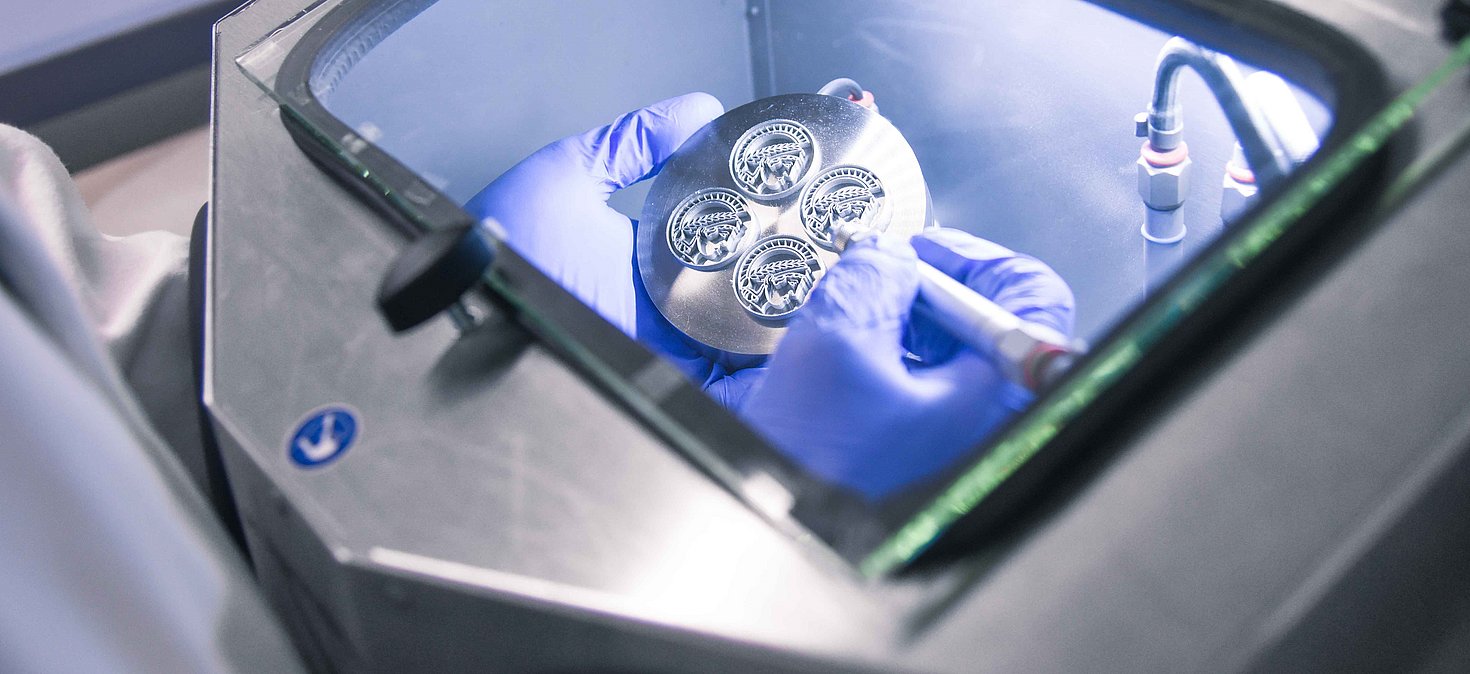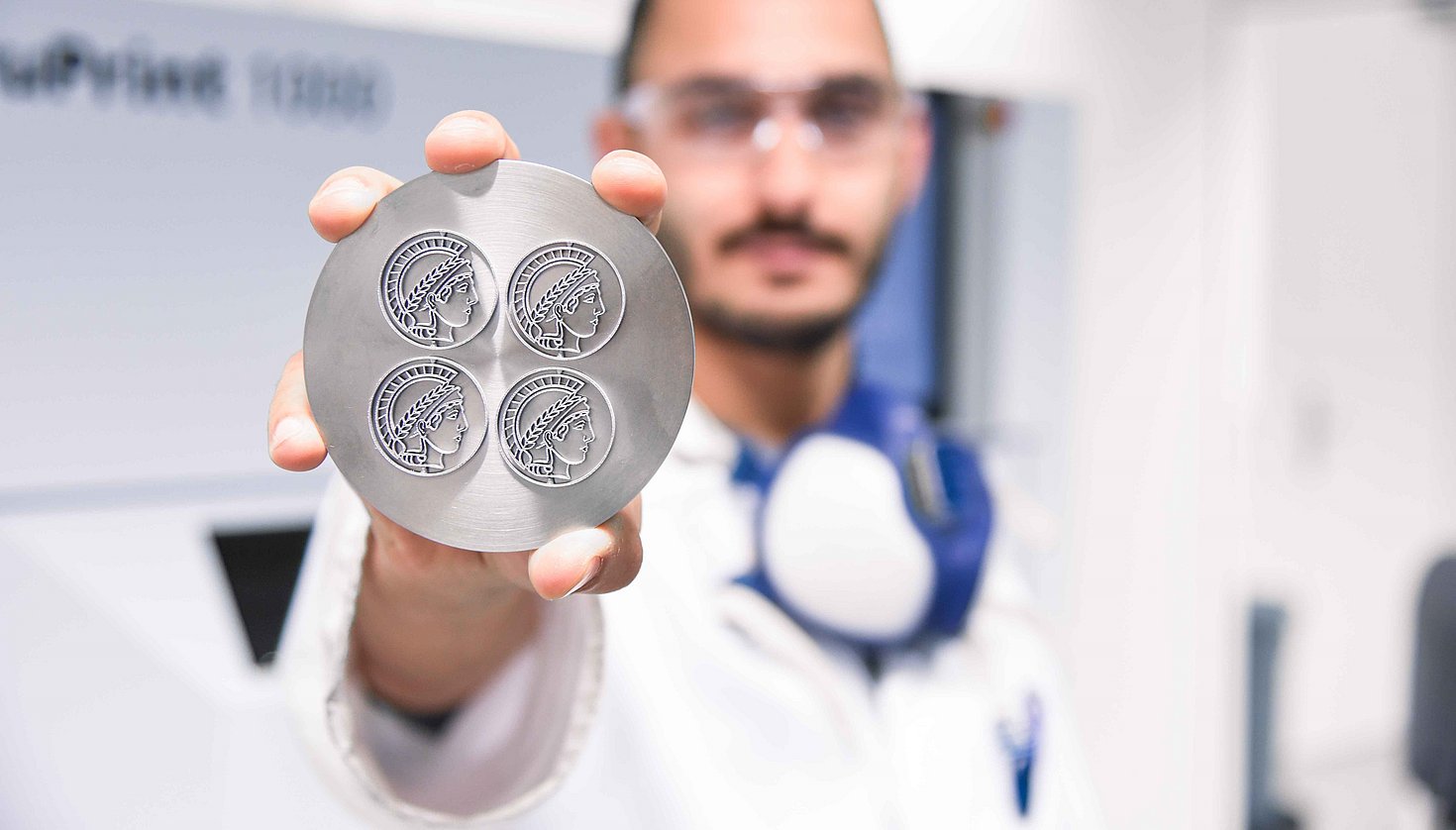Additive Manufacturing
Additive manufacturing (AM) is a rapidly developing technology. It describes a process building up a work piece in layers from a source material on the basis of a 3D model e.g. powder bed fusion (PBF)/ selective laser melting (SLM) of metals or fused deposition modeling (FDM). Among other things, the 3D printing enables a high degree of freedom in the design of geometrically complex components.
There is a great variety of established AM processes like stereolithography (SL), laser sintering (LS), fused layer manufacturing (FLM) etc. to produce parts from different materials. For parts from metal, the laser additive manufacturing from metal powders (powder bed fusion) is the most established process.
Our TDSU operates AM machines to manufacture metal and polymer parts.
Metals: Laser Powder Bed Fusion of Metals (L-M-PBF)
TRUMPF TruPrint1000
-
Yb-fiber laser: 200 W
-
beam diameter: 30 µm
-
layer thickness: 10- 50 µm
-
build rate: 2-18 cm3/h
-
fusable metals in powder form: stainless steel, precious & tool steel, light metals, super alloys, bronze, silver and gold
Polymers: Fused Layer Manufacturing (FLM)
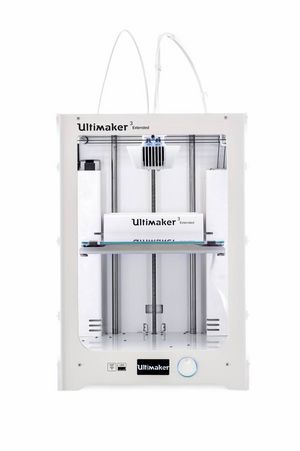
Ultimaker 3 extended
-
dual extrusion
-
water-soluble supports
-
build volume XYZ 215 x 215 x 300 mm or XYZ 197 x 215 x 300 mm (dual extrusion)
-
layer resolution: 0.25 mm nozzle: 150-60 µm; 0.4 mm nozzle: 200-20 µm
-
XYZ resolution: 12.5 / 12.5 / 2.5 µm
-
build speed up to 24 mm3/s
-
PLA, PP, PC, ABS, Nylon etc.
The process chain of additive manufacturing is divided into three sections. The first section is the so-called pre-process, which includes all the necessary operations before manufacturing on an AM machine. This contains the data generation (CAD) and in particular the data preparation, like the generation of support structures. The further steps are the in-process, the actual additive manufacturing on the AM machine, and the post-process with all the work steps that have to be carried out after removal of the component from the machine (separation from the build platform, removal of support structures and powder residues, surface treatment, etc.).
Our TDSU offers the complete spectrum along the process chain of additive manufacturing of components on an AM machine.
At MPL we are the contact for the implementation of individual requirements or for the optimization of components and help from the design recommendation for 3D printing, through the design using CAD, to the post-processing of additively manufactured components. For post-processing we have various equipment available, such as heat treatment furnaces, diamond wire saw for cutting filigree components, micro sandblaster, as well as polishing and abrasives for surface treatment.

